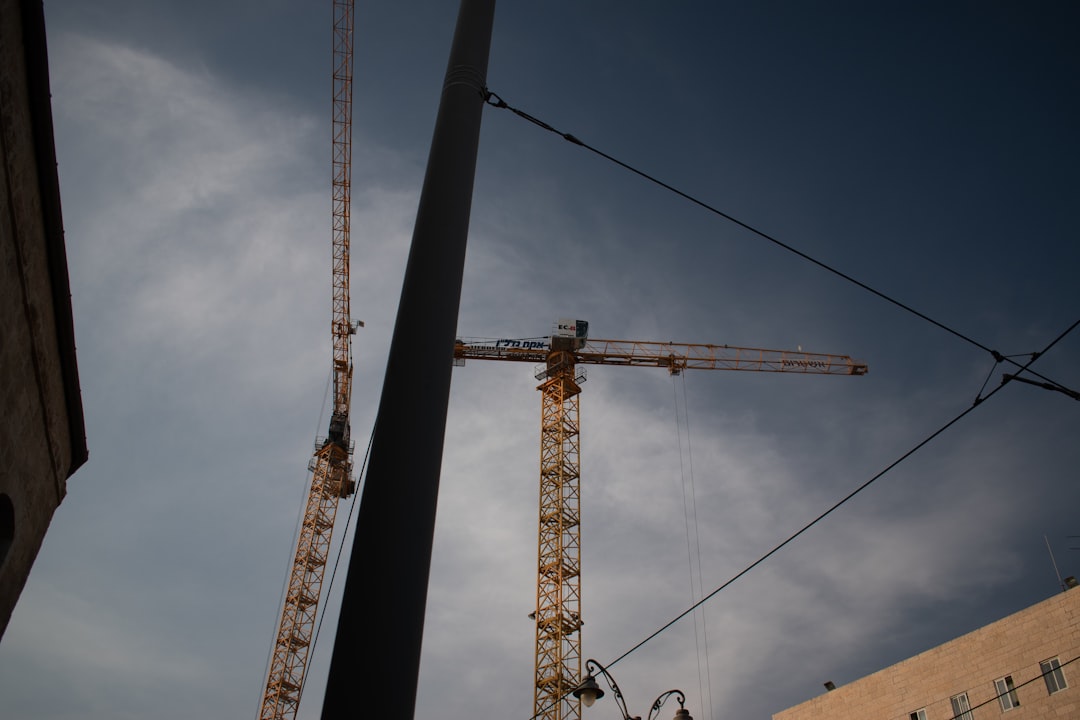The construction industry is undergoing a significant transformation, driven by the need for sustainability, efficiency, and cost-effectiveness. Hybrid construction techniques, which combine different building materials and methods, are at the forefront of this revolution. This approach offers a powerful solution to overcome the limitations of traditional methods, resulting in stronger, more sustainable, and faster-built structures.
Understanding the Essence of Hybrid Construction
Hybrid construction involves strategically integrating two or more distinct building materials and construction methods within a single project. This isn’t simply about using different materials side-by-side; it’s about leveraging the unique strengths of each material to create a synergistic effect. For example, combining the lightweight and sustainable nature of timber with the strength and durability of steel or concrete. This approach allows architects and engineers to optimize the design for specific needs, resulting in structures that are both innovative and efficient.
Popular Hybrid Construction Material Combinations
The possibilities within hybrid construction are vast. Some of the most prevalent combinations include:
- Timber and Steel: This combination leverages the sustainable and renewable nature of timber for the framing and structural elements, while steel provides exceptional strength and stability, particularly in taller or more complex structures. Steel can be used for load-bearing columns, beams, and bracing, while timber forms the walls and floors.
- Concrete and Steel: Reinforced concrete structures are a classic example of hybrid construction. The compressive strength of concrete is enhanced by the tensile strength of steel reinforcement bars, creating incredibly strong and durable structures suitable for high-rise buildings and infrastructure projects.
- Timber and Concrete: This approach often involves a timber frame structure with concrete infill walls for enhanced fire resistance and thermal mass. This combination offers a good balance between sustainability, strength, and thermal performance.
- Steel and Masonry: Steel frames provide the structural support, while masonry materials (brick, block) are used for the external cladding and internal walls, offering aesthetic appeal and improved thermal insulation.
- Modular Construction with Hybrid Materials: Offsite modular construction lends itself well to hybrid approaches. Modules can be constructed using a variety of materials – timber, steel, or concrete – and then assembled on-site, significantly reducing construction time and disruption.
Advantages of Embracing Hybrid Construction Techniques
The benefits of hybrid construction are numerous and compelling:
- Increased Structural Strength and Stability: Combining materials with complementary properties leads to structures that are significantly stronger and more resistant to various loads and environmental factors.
- Enhanced Sustainability: The use of sustainable materials like timber alongside other materials reduces the overall environmental impact of the construction process.
- Improved Energy Efficiency: Careful material selection and design can lead to better thermal performance, reducing energy consumption for heating and cooling.
- Faster Construction Times: Optimized designs and prefabrication techniques often result in faster construction timelines, leading to cost savings and quicker project completion.
- Cost-Effectiveness: While initial material costs might vary, the overall cost-effectiveness can be significantly improved due to faster construction, reduced labor costs, and long-term energy savings.
- Design Flexibility: Hybrid construction opens up a wider range of design possibilities, allowing architects to create more innovative and aesthetically pleasing structures.
Challenges and Considerations in Hybrid Construction
While hybrid construction offers many advantages, it’s crucial to be aware of the potential challenges:
- Material Compatibility: Ensuring compatibility between different materials is crucial to prevent issues like corrosion, expansion, and contraction mismatch.
- Design Complexity: Hybrid designs require meticulous planning and expertise to ensure structural integrity and efficient material usage.
- Specialized Expertise: Construction teams need specialized knowledge and skills to work effectively with different materials and techniques.
- Cost Management: While potentially cost-effective in the long run, careful cost management is essential during the planning and execution phases.
The Future of Hybrid Construction: Trends and Innovations
The future of hybrid construction looks bright. Ongoing research and development are focused on:
- Advanced Materials: The incorporation of innovative materials like cross-laminated timber (CLT), engineered wood products, and high-performance concrete will further enhance the capabilities of hybrid systems.
- Digitalization and BIM: Building Information Modeling (BIM) is playing a crucial role in optimizing hybrid designs and ensuring efficient coordination between different materials and trades.
- Prefabrication and Modularization: The increasing adoption of offsite construction techniques will streamline the construction process and improve quality control.
- Sustainable Practices: The focus on sustainable materials and construction methods will continue to drive innovation in hybrid construction, leading to environmentally friendly and energy-efficient buildings.
In conclusion, hybrid construction techniques represent a significant advancement in the building industry. By intelligently combining different materials and methods, we can create structures that are stronger, more sustainable, and more cost-effective. As technology advances and our understanding of material science deepens, the potential of hybrid construction is only set to grow, shaping the future of the built environment.
Tags: hybrid construction, sustainable construction, green building, construction methods, timber frame construction




